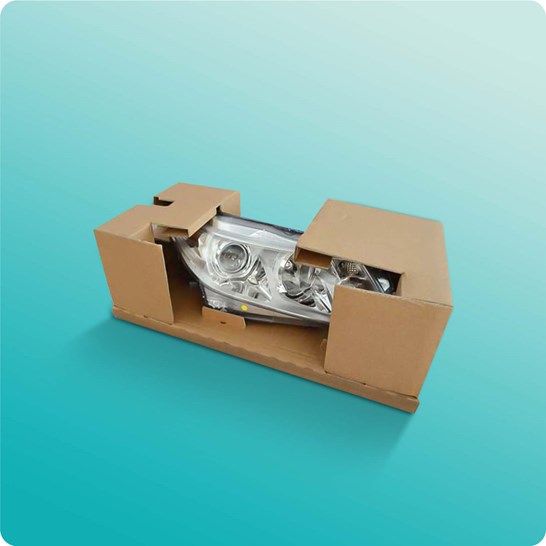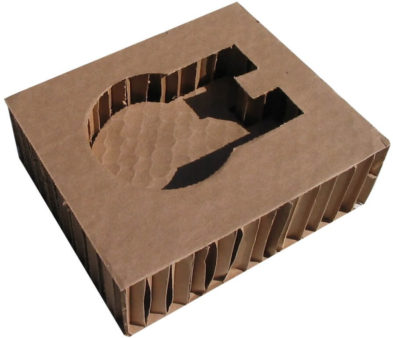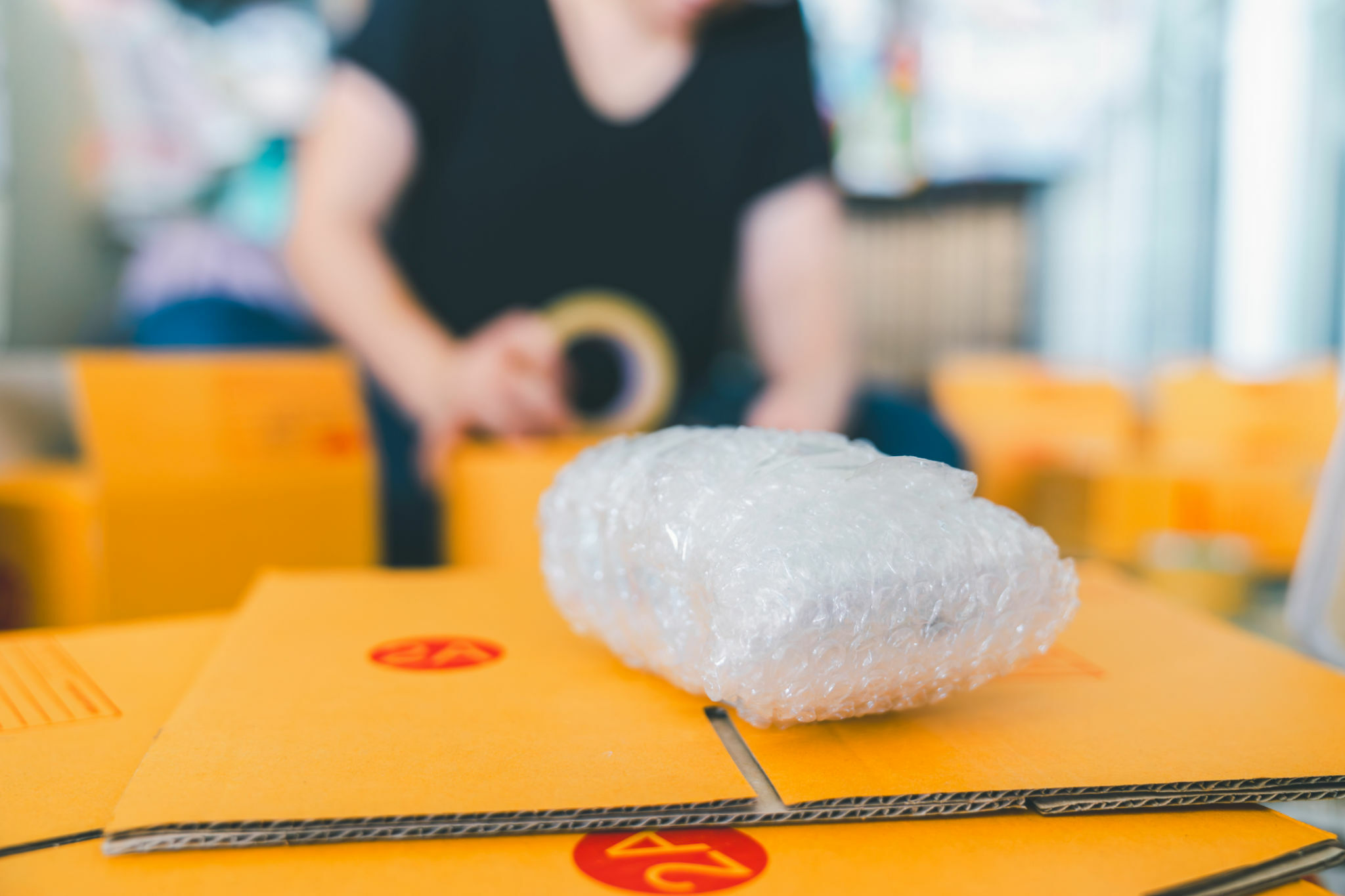Processing Company Expertise: Unlocking Efficiency in Production
Processing Company Expertise: Unlocking Efficiency in Production
Blog Article
Effective Industrial Recycling Solutions for Lasting Packaging: A Comprehensive Guide
In today's progressively environmentally-conscious globe, the need for sustainable packaging remedies has never ever been greater. To meet this demand, businesses throughout industries are actively looking for effective commercial recycling solutions. Nonetheless, navigating the complex landscape of lasting packaging can be challenging without a detailed guide. That's where this thorough guide on efficient industrial recycling options for lasting product packaging can be found in. By discovering vital areas such as product packaging product option, designing for recyclability, carrying out recycling framework, working together with reusing companions, and tracking and gauging recycling success, this guide will certainly outfit you with the understanding and tools essential to make educated choices and drive favorable change within your company. Whether you're a packaging professional, sustainability manager, or just interested in the topic, this overview will certainly give beneficial understandings and strategies to help you navigate the world of sustainable packaging.
Packaging Product Option
The choice of product packaging materials plays a critical role in making certain the sustainability of industrial reusing options. The selection of materials is vital in minimizing environmental influence and making the most of recycling efficiency when it comes to lasting packaging. Choosing the right products can assist minimize waste generation, preserve sources, and promote a circular economic climate.
One essential element to think about in product packaging product selection is recyclability - processing company. Materials that can be conveniently recycled and incorporated back right into the production cycle are chosen. Materials like cardboard, paper, glass, and certain types of plastics can be reused multiple times without shedding their top quality. On the various other hand, materials that are tough to reuse, such as blended plastics or non-recyclable composites, can produce obstacles for the reusing process and might wind up in landfills or incinerators.
An additional factor to consider is making use of eco-friendly and biodegradable materials. Product packaging made from renewable energies, such as plant-based plastics or biopolymers, can aid reduce reliance on nonrenewable fuel sources and minimize environment change. In addition, eco-friendly materials damage down normally over time, reducing the accumulation of waste in land fills.
In addition, the weight and volume of packaging products ought to be lessened to lower transport costs and energy intake. Light-weight materials not only require less resources throughout manufacturing yet also add to decrease carbon exhausts during transportation.
Creating for Recyclability
Packaging developers ought to focus on the use of products that are commonly approved for recycling and have developed recycling infrastructures. Products such as glass, aluminum, and particular kinds of plastic, like Pet dog and HDPE, are generally reused and ought to be preferred over products that are challenging or expensive to reuse.
An additional critical factor to consider in developing for recyclability is the elimination of unnecessary parts or products. By lessening the variety of layers, finishes, and added parts, packaging can be made simpler and less complicated to recycle. Furthermore, developers must intend to minimize using blended products, as they can complicate the reusing process.

Implementing Recycling Framework
Reliable execution of reusing facilities is critical for the success of commercial recycling options. Without proper framework in position, the reusing procedure becomes inefficient and ineffective, preventing the general goal of sustainable packaging.
To implement reusing framework effectively, a number of essential factors require to be taken into consideration. Firstly, there should be a well-organized collection system that helps with the separation and collection of recyclable materials. This can consist of designated reusing bins in public areas, along with partnerships with waste monitoring firms for curbside pick-up and sorting.
As soon as collected, the recyclable products need to be delivered to reusing facilities in a timely way. This calls for reliable logistics and transport networks, ensuring that the materials get to the suitable facilities immediately.
At the reusing centers, advanced sorting and handling innovations need published here to be in place to separate various sorts of materials effectively. This consists of making use of automated arranging equipments, optical scanners, and hand-operated sorting methods.
Moreover, there ought to be a robust market need for recycled materials. This can be accomplished with collaborations with suppliers and sectors that use recycled materials in their production procedures. Developing a steady market for recycled materials incentivizes the recycling industry and advertises the round economic situation.
Teaming Up With Recycling Allies

One key facet of teaming up with recycling companions is the facility of clear communication networks. It is necessary to establish open lines of communication to assist in the exchange of details, updates, and comments. This permits both events to remain notified about the progress of recycling efforts and resolve any challenges or problems that may develop.
Additionally, cooperation can include collaborations in applying and creating reusing programs. Recycling partners can offer valuable insights and advice in establishing efficient collection systems and establishing the most proper recycling innovations. By interacting, businesses and reusing partners can enhance the reusing process and decrease waste.
Furthermore, cooperation can extend beyond the operational elements of reusing. It can also include campaigning for and education efforts. By joining forces, services and reusing partners can raise understanding about the significance of reusing and advertise the fostering of sustainable packaging techniques amongst consumers and other stakeholders.
Tracking and Measuring Recycling Success
To make sure the efficiency of industrial recycling options and the success of sustainable product packaging objectives, it is essential for services and their reusing companions to develop a comprehensive system for tracking and determining reusing success (plastic container manufacturer). Measuring and tracking reusing success permits organizations to assess the impact of their reusing efforts, determine areas for enhancement, and set meaningful targets for future progress
One way to track recycling success is with using data collection and analysis devices. By accumulating data on the quantity of product packaging waste created, the portion of waste that is recycled, and the kinds of materials being recycled, businesses can gain beneficial understandings into their reusing efficiency. This data can after that be assessed to identify trends, patterns, and locations of ineffectiveness.
An additional essential element of monitoring and measuring recycling success is click here to find out more establishing clear and standardized metrics. This permits businesses to compare their efficiency against industry criteria and track their development with time. Metrics such as reusing prices, waste diversion prices, and greenhouse gas exhausts can offer a measurable procedure of a business's recycling success.

Conclusion
In verdict, carrying out efficient commercial recycling options for sustainable product packaging needs careful factor to consider of packaging material choice, developing for recyclability, applying recycling infrastructure, teaming up with recycling companions, and tracking and gauging recycling success. By including these methods, businesses can add to a more lasting and environmentally-friendly technique to packaging, lowering waste and promoting the round economy.
By discovering essential locations such as packaging product selection, creating for recyclability, implementing reusing framework, working together with reusing partners, and tracking and determining reusing success, this guide will certainly outfit you with the understanding best site and devices necessary to make educated choices and drive favorable modification within your company. Product packaging designers ought to focus on the usage of materials that are commonly approved for reusing and have established recycling frameworks.Collaboration with recycling partners is necessary for the effective implementation of industrial reusing options and the success of sustainable packaging goals. By joining forces, organizations and reusing companions can increase awareness regarding the relevance of reusing and promote the adoption of lasting product packaging techniques among customers and other stakeholders.
By collecting data on the amount of product packaging waste generated, the percentage of waste that is recycled, and the types of materials being reused, businesses can acquire important insights into their recycling performance.
Report this page